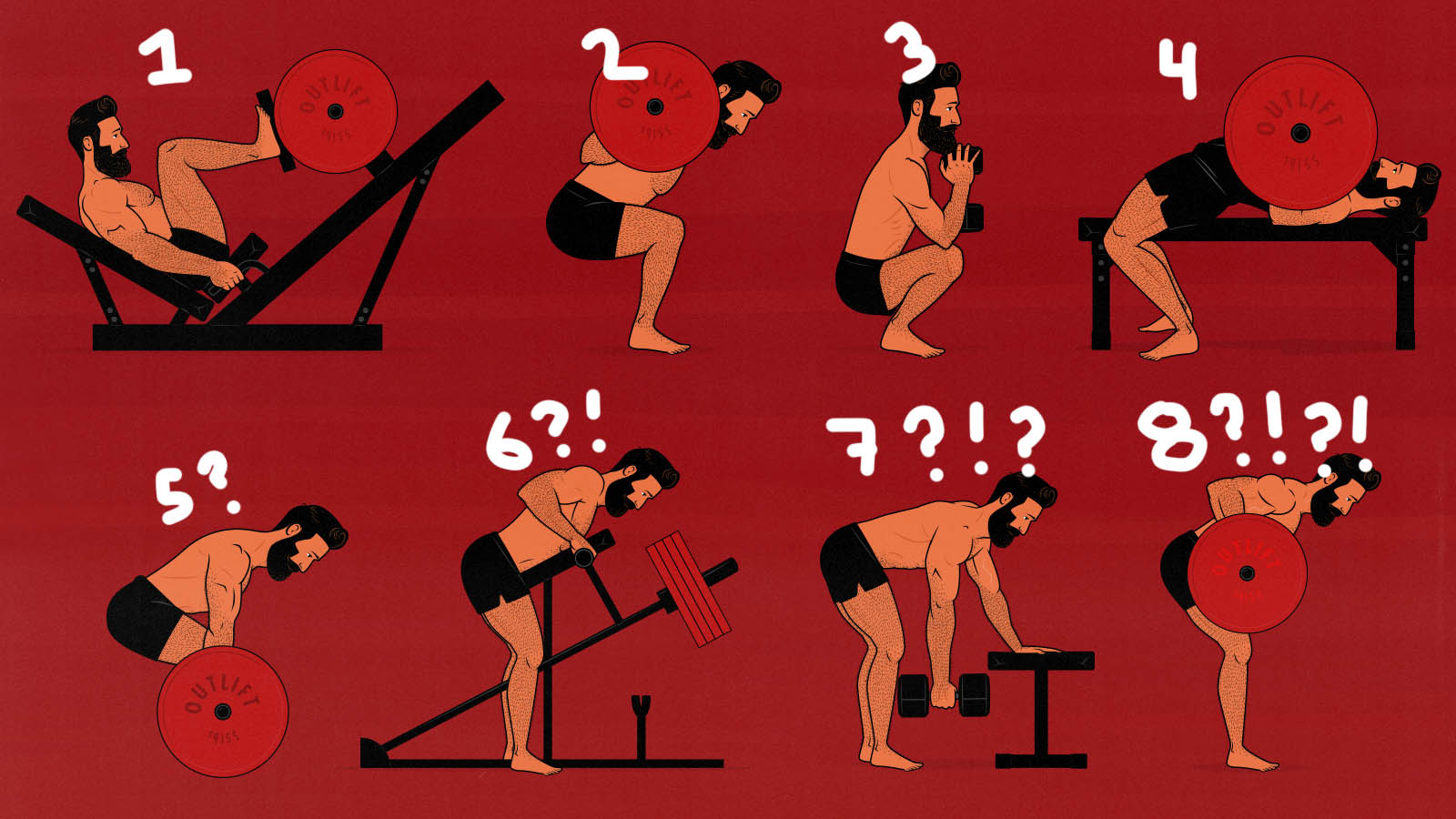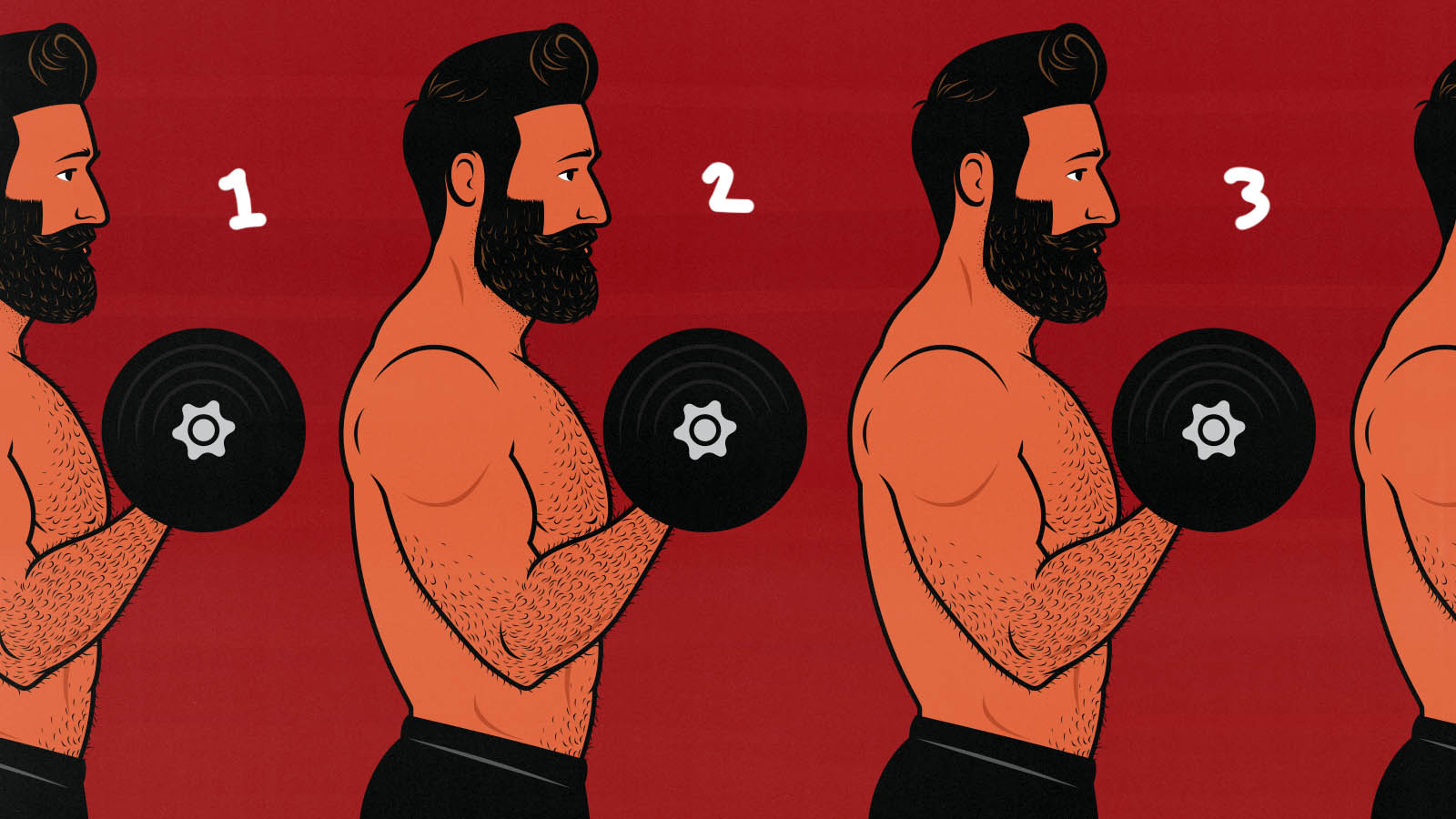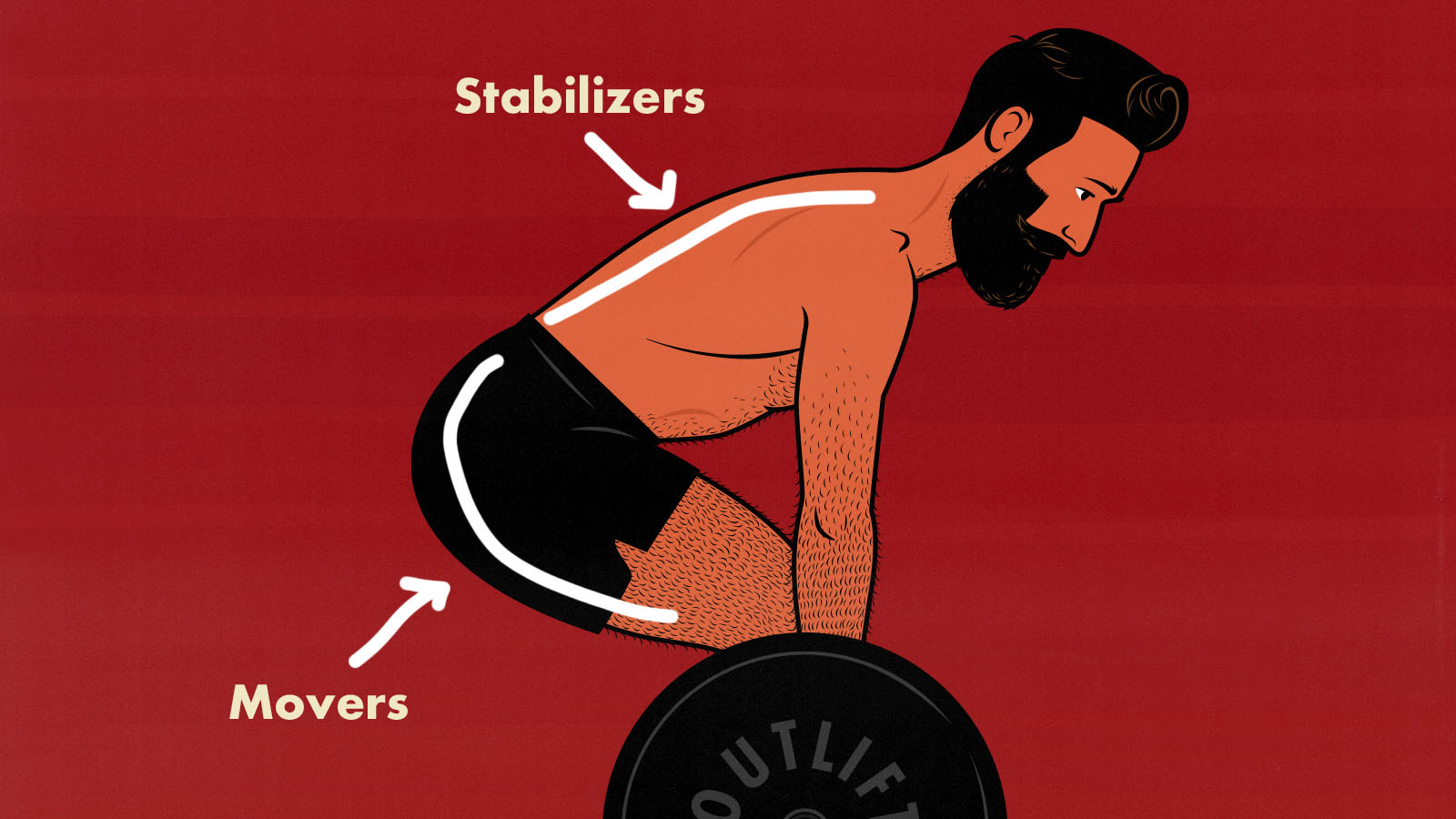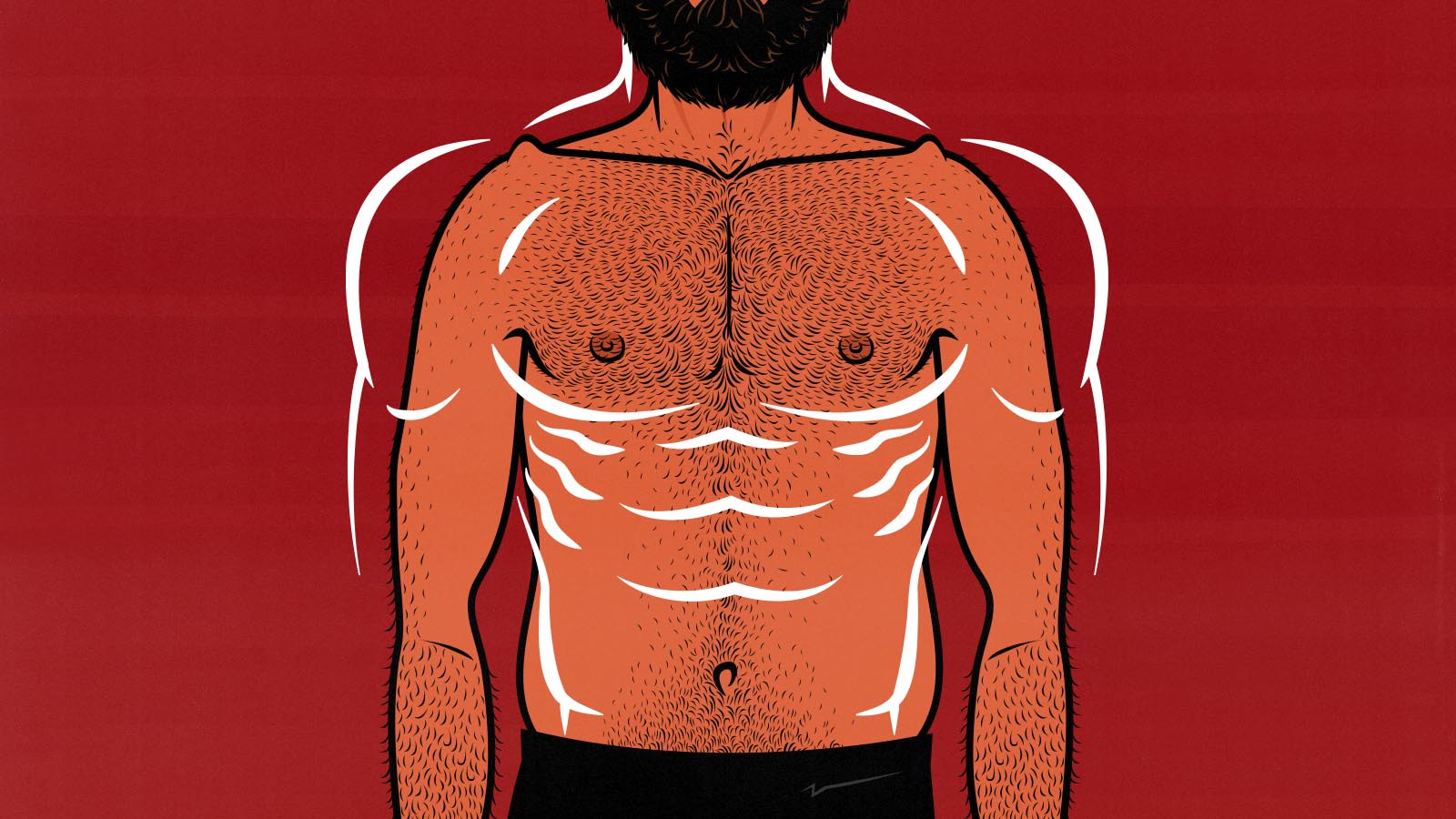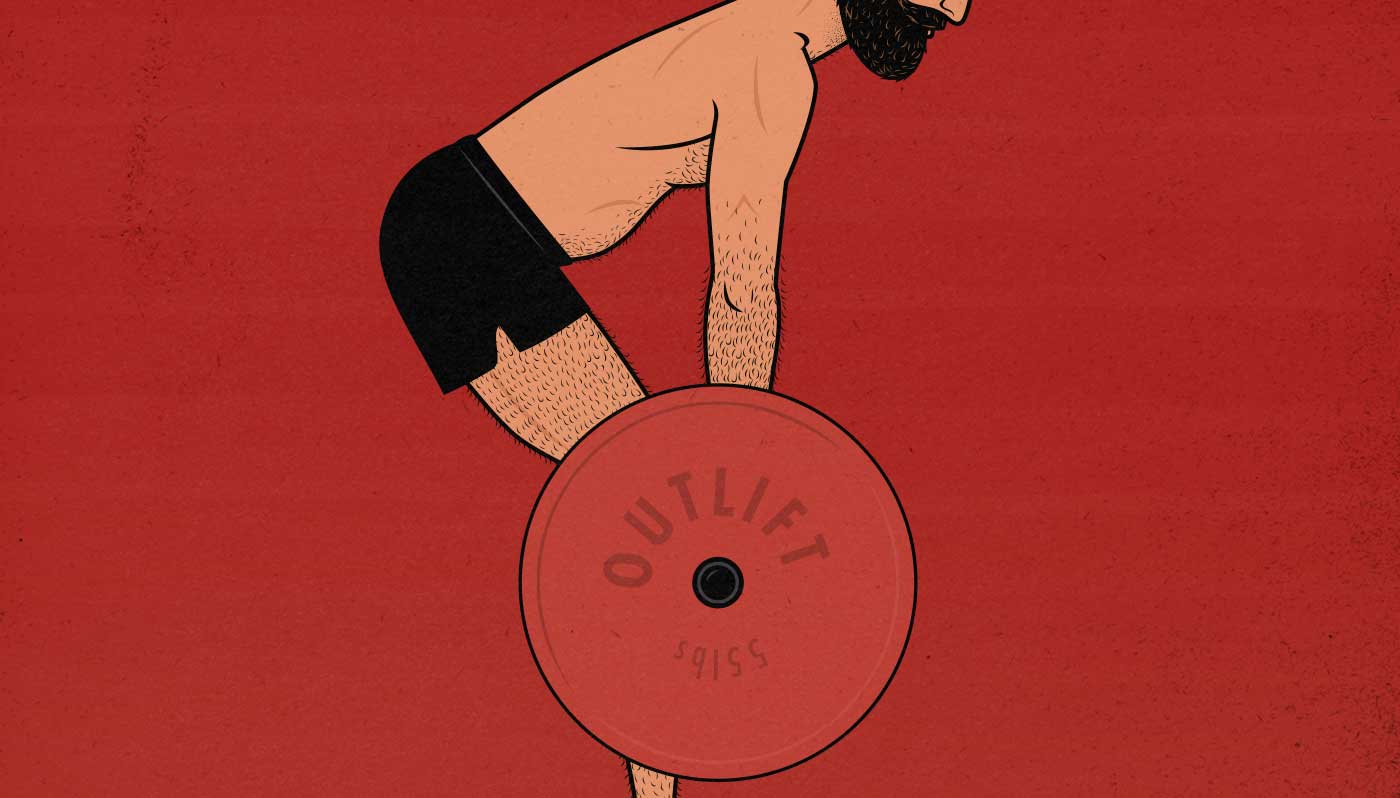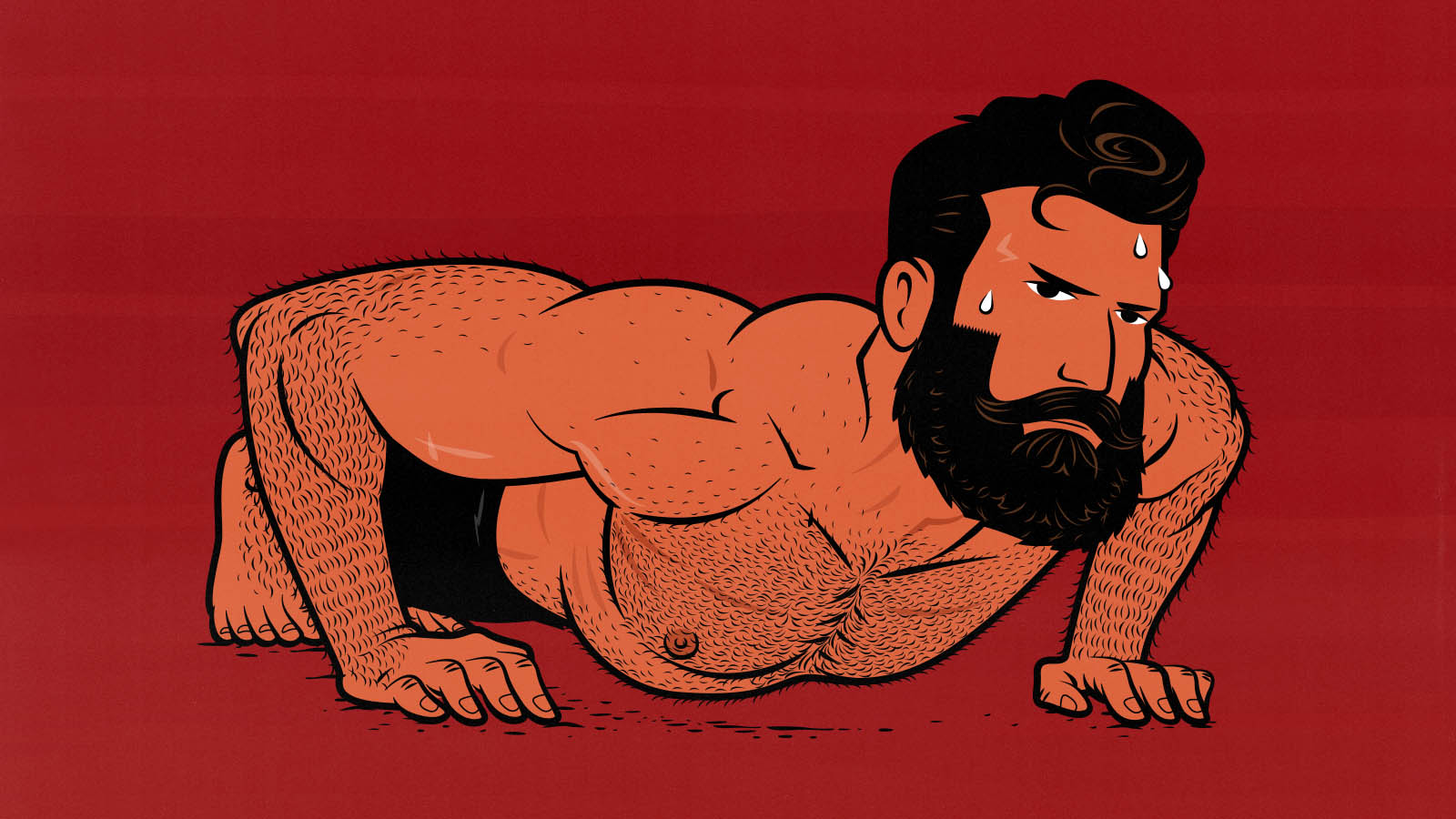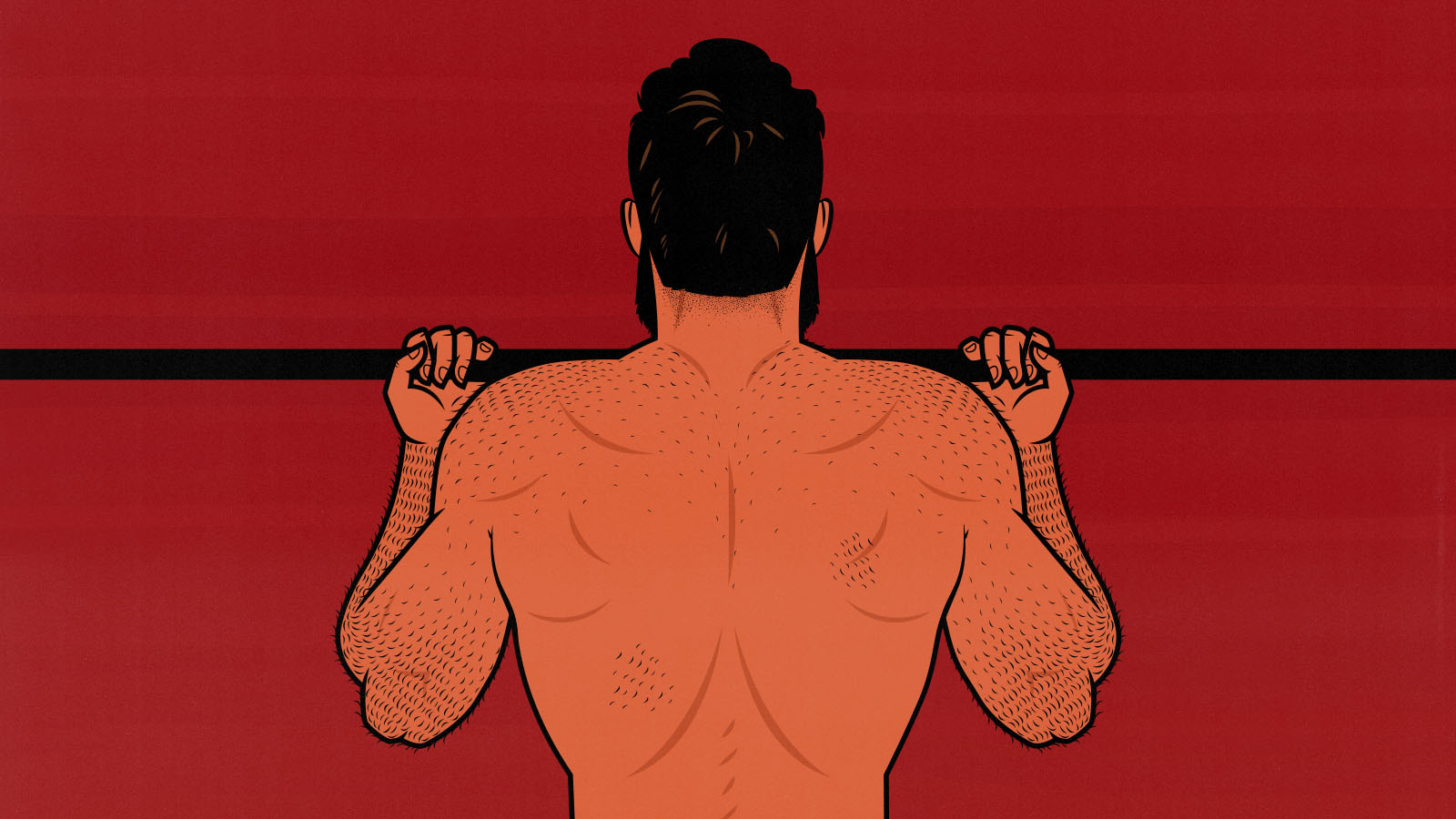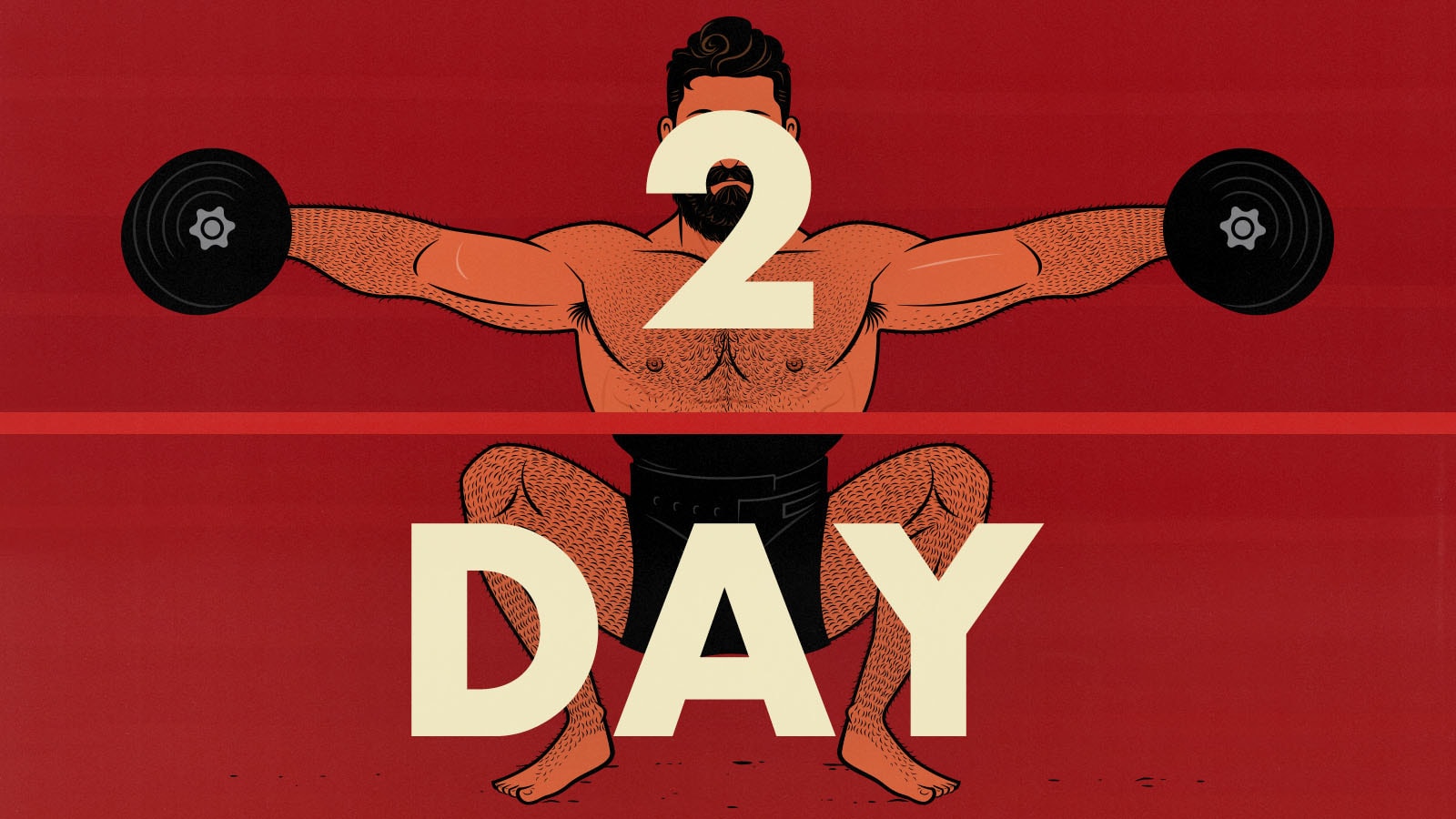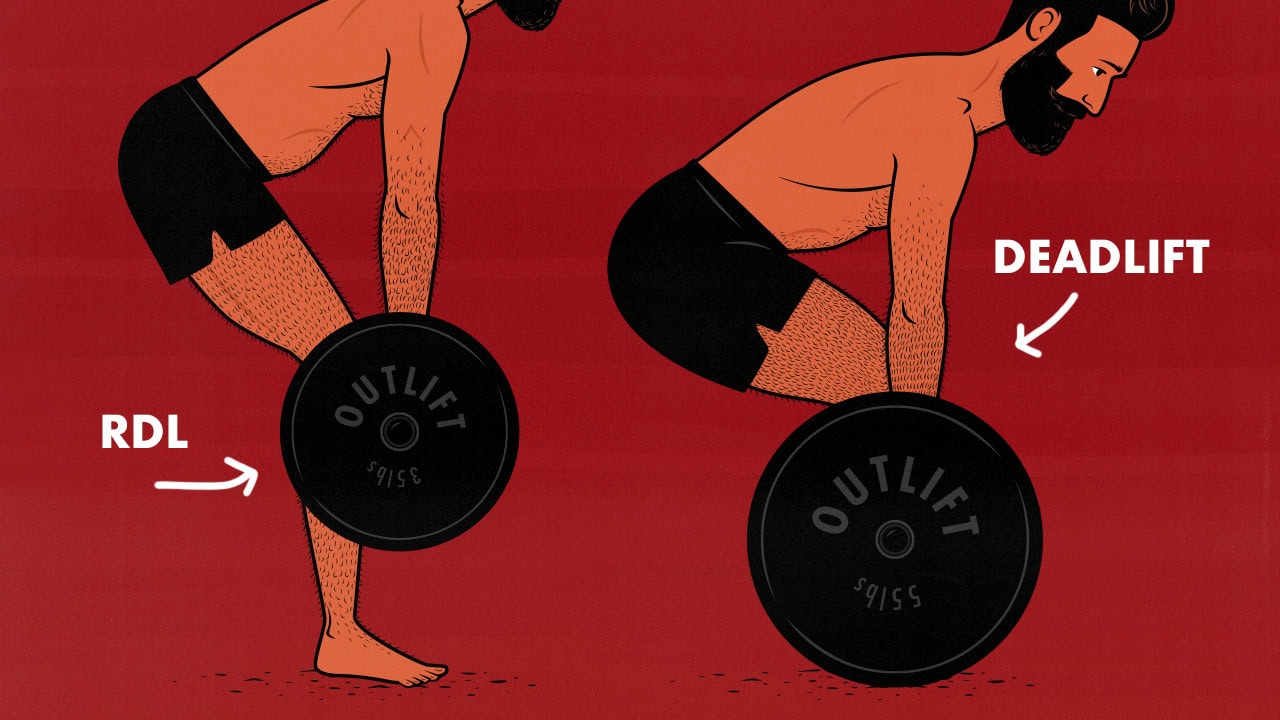Articles
How Many Exercises Should You Do Per Workout?
You should probably do 4–7 exercises per workout, depending on your workout split, experience level, and goals. You need a balanced mix of exercises that target all of the muscles you’re trying to grow, and then you need to split them up over your workouts, ideally training each muscle 2–3 times per week with 10–20 total sets.
- 2–3 full-body workouts: You probably want a squat, hip hinge, press, pull, and a couple of isolation exercises, giving you 4–7 exercises per workout.
- 4-day upper/lower split: The upper-body workout should have at least one pressing and pulling exercise and a couple of isolation exercises, giving you 3–6 exercises per workout.
- 5–6 day splits: You’ve got enough training days that you don’t need very many exercises per workout. Doing 3–5 exercises is plenty.
As a beginner, it helps to do more exercises per workout. You don’t need that many sets per exercise, the weights aren’t heavy enough to be very fatiguing, and you won’t need to rest very long between sets.
If you’re maintaining or cutting, you won’t build much muscle, so you might want to do fewer exercises. You still need to do your compound exercises, but you don’t need as many isolation exercises, and you don’t need as much exercise variety.
If you’re bulking or recomping, you can stimulate more muscle growth by doing more. Instead of doing just one pressing exercise, you might want one exercise for your lower chest, another for your upper chest and shoulders, and then add some triceps extensions.
We’ll go through it step by step, and then I’ll give you some workout routines to try.
Delve into the detailsWhat is Training Volume?
With weight training, training volume is how many hard sets you do per muscle per week. For example, if you do 5 sets of bench presses, 5 sets of push-ups, and 5 sets on the pec deck machine, that’s a weekly training volume of 15 sets for your chest.
The idea of counting hard sets comes from Nathan Jones, and it was popularized by Greg Nuckols in an article on Stronger by Science. It gives you a way to quickly tally up your weekly training volume, and it correlates extremely strongly with muscle growth, making it perfect for building muscle. The definition caught on with bodybuilders and became standard. You’ll even find it in the newer training volume studies (study, study).
If you go digging through older research, you’ll find a second definition: how many pounds you lift per movement pattern per week (sets × reps × weight). For example, if you bench 225 pounds for 5 sets, that’s a training volume of 1,250 pounds. That can be helpful to track sometimes, but it isn’t very good for tracking how much muscle growth you’re stimulating. It’s really useful when trying to figure out how many reps you should do per set, though.
Delve into the detailsAre Deadlifts a Back or Leg Exercise? Where Do You Put Them?
Deadlifts work both your legs and back, emphasizing your glutes, hamstrings, lower back, and traps. The muscles in your legs lift the weight, and the muscles in your back stabilize your posture. Both get worked hard enough to stimulate muscle growth.
If you have a long torso, your back will be harder to stabilize, and you might find yourself limited by the strength of your lower back. In that case, deadlifts can stimulate more muscle growth in your lower back than in your legs. You can shift the emphasis back to your legs by switching from conventional deadlifts to sumo or Romanian deadlifts.
If you have a short torso, your back might be fairly easy to stabilize, so the deadlift becomes much more of a leg exercise. Your traps will still need to work quite hard, though. It’s still a great back exercise. You can make it even more of a back exercise by doing snatch-grip or deficit deadlifts.
Let’s talk about where to put the deadlift.
Delve into the detailsHow to Build a V-Taper Physique (Ideal Shoulder-to-Waist Ratio)
Most research shows that a v-taper body shape is attractive to women, looks impressive to other men, and feels nice to have (full explanation). I’ve confirmed that by surveying thousands of men and women, almost all of whom prefer body shapes that are athletic, muscular, and lean (survey 1, survey 2, survey 3).
Most studies compare the chest measurement against the waist measurement (chest-to-waist ratio). Some studies include the shoulders (shoulder-to-waist ratio). Both mean the same thing. They both show that you’re muscular and lean (study). That seems to be what’s driving the effect. That leads to a common mistake, which I’ll cover in a second.
Delve into the detailsHow Much Can the Average Man Lift?
How much can the average man lift? There are a few studies we can look at. I also surveyed 600 of our newsletter subscribers, asking them how much they could squat, bench press, deadlift, and overhead press.
Then, I broke down their answers based on how long they’d been lifting, seeing how long it takes people to reach a given level of strength, and noting where they plateau forever.
Delve into the detailsHow Many Push-Ups Should You Be Able To Do in a Row?
A man in good shape should be able to do 30–40 push-ups. One recent study found that going from under 10 push-ups to over 30 was associated with a 75% reduction in the risk of heart disease. Getting up to 40 push-ups was associated with 96% lower risk (study). Most earlier studies have found similar benefits (study, study, study).
Being able to do 30–40 push-ups also shows a great level of strength, athleticism, and fitness, and it’s enough to qualify for the police, firefighting, and all military branches (reference, reference).
Once you can do more than 40 push-ups, they stop being as good for gaining muscle and strength, so you should probably make them harder instead of trying to get even more repetitions. I’ll give you progressions at the end.
Delve into the detailsWhat Does AMRAP Mean? Techniques & Benefits Explained
AMRAP means As Many Reps/Rounds As Possible. It’s useful when you don’t have full control over how much weight you’re lifting (like with bodyweight exercises) or how intense your cardio is (like when doing circuits).
It’s a powerful way of programming workouts. It means we can program bodyweight exercises without knowing exactly how many reps you can get. It’s one of the only good ways to program bodyweight exercises.
It’s also a good way to see if the workout you’re following is any good. If you see “push-ups: 3 sets of 10 reps” or “crunches: 2 sets of 15 reps,” then you know your workout routine isn’t very good. Those should be AMRAP sets. You should do as many reps as you can. That’s the only way to guarantee you’re working your muscles hard enough to provoke an adaptation.
Delve into the detailsThe 3-Day Workout Split (Full Workout Routine)
A 3-day workout split is enough to maximize your overall rate of muscle growth, especially if you’re still in your first couple of years of lifting. To maximize the growth of any one muscle, you need to train it at least twice per week. With three workouts per week, that’s easy.
Full-body workouts also allow for more synergy than any other workout routine. You can do the best exercises every workout. You can use supersets and giant sets, making your workouts more efficient. And you get to practice all the big movement patterns 3x per week. You also get 1–2 days of rest between each workout, making it easier to schedule cardio and giving your grip and postural muscles time to recover.
You could make a strong argument that 3-day routines are the best default for natural lifters. They’re almost certainly ideal for novices and early intermediates, and most bodybuilders from the pre-steroid era (such as Steve Reeves) used 3-day routines all through their careers, so there’s never a point where they stop being effective.
The catch is that as you get stronger, full-body workouts take longer. That’s why some advanced lifters switch over to 4-day, 5-day, or 6-day routines. Another option is to drop some of the big compound lifts, doing them 2x per week instead of 3x. Or you could switch over to a 3-day specialization routine (which I’ll cover below).
I’ve gained 70 pounds, and around 60 of those pounds came from 3-day workout programs. At first, I was doing full-body workouts. More recently, I’ve been running specialization programs (like this arm program).
Delve into the detailsThe 2-Day Full-Body Workout Split (For Gaining Muscle)
A two-day workout split is just barely enough to maximize your rate of muscle growth, kind of. To maximize the growth of any one muscle, you need to train it twice per week. That means with two workouts per week, you can maximize your rate of muscle growth in the muscles you train hard in both workouts. The catch is that you won’t be able to train every muscle hard enough in both workouts.
Most people who are serious about building muscle train more than twice a week, but most of them don’t train efficiently. If you’re ruthless with your workout programming and focus on the areas you care about the most, you can get great results.
I’ve gone through long periods of training only twice per week. I’ve gotten some of my best results during those periods. I just had to be very specific with my goals.
Delve into the detailsRDL vs Deadlift: Which is Better for Building Muscle?
Romanian deadlifts (RDLs) and conventional deadlifts are more similar than they are different. They’re both deadlifts. They both work the same muscles, just to different degrees:
- RDLs are lighter, work your hamstrings harder, and won’t tax your spine quite as much, making them less fatiguing. They’re popular with bodybuilders. Use them if you want to emphasize your hamstrings.
- Deadlifts are heavier, work your butt and back harder, and strengthen your spine, making them one of the best overall exercises for gaining muscle and strength. They’re popular with powerlifters. Use them if you to gain overall size and strength.
That’s the answer, but we can delve a little deeper into the specifics.
Delve into the details
